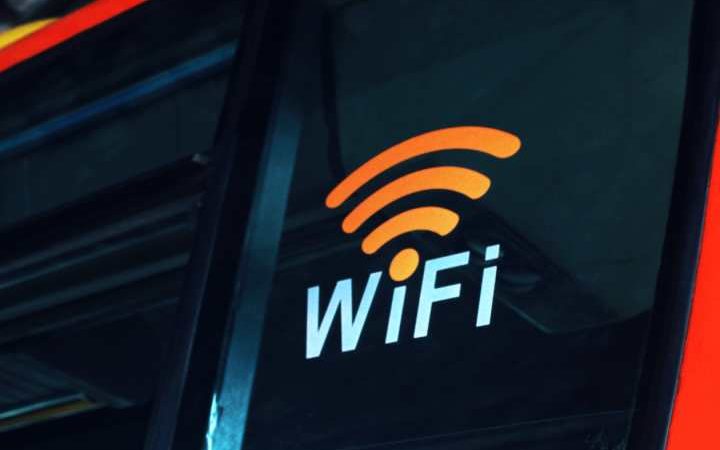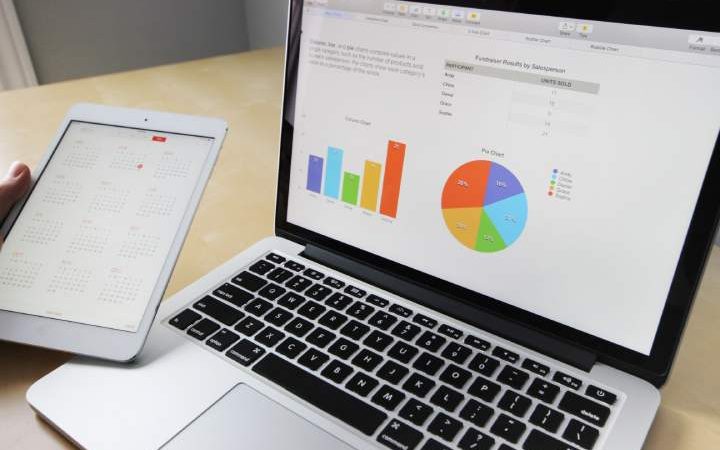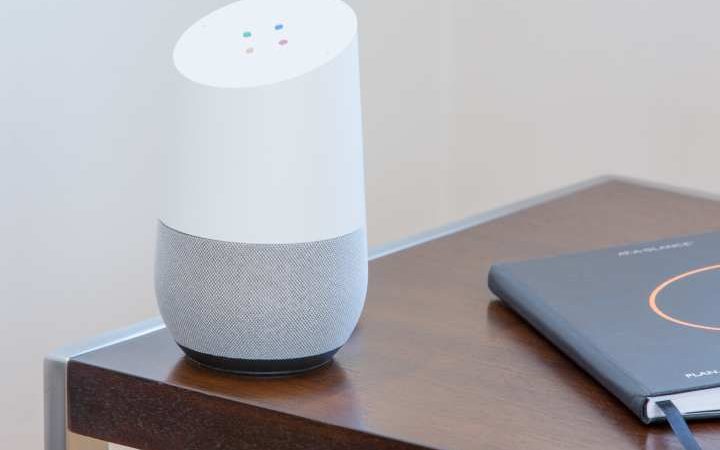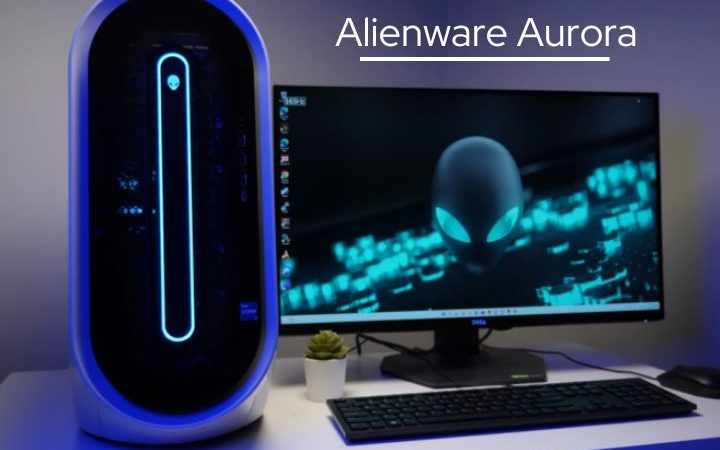Solar Data Centers To Expand IT Networks And Services
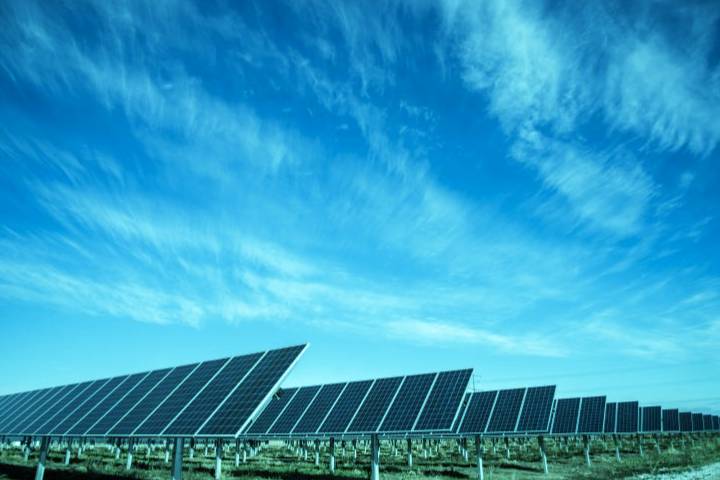
The data center industry is increasingly interested in using renewable energy sources to power its facilities, and exciting ideas are emerging to achieve this. A great example is the Australian startup Edge Centers, which aims to create a network of solar-powered data centers that will bring connectivity and IT services to companies in remote locations around the country.
One of The Australian startups has presented a project with which they intend to create a network of perimeter data centers powered by solar power generators installed in remote locations on the coast and inland regions of the country. This would make it possible to provide digital services in places where there is hardly any infrastructure under a more sustainable and self-sufficient concept until now. Taking advantage of Australia’s special climatic conditions, it would be possible to build a network of Edge data centers independent of the country’s general power supply.
This was explained by the founder and CEO of this startup, Jonathan Eaves, in a conference held during the latest edition of the Data Center World event. There he explained his proposal, which provides an exciting approach for the expansion of the data center industry that is going to take place in the coming years. He commented that it is possible to build a perimeter computing infrastructure based on solar energy since this type of infrastructure does not require such a power supply as large data centers.
To do this, he proposes to use an Edge data center design based on standard 40-foot shipping containers, which already exists, and only needs to be rethought based on the supply of solar energy. According to Eaves, this would allow, for example, to expand Internet connectivity in geography as vast and unpopulated as Australia, without the need to build extensive energy networks to provide energy. The same happens with connectivity, which could be carried from the coastal areas of Australia, where the largest populations are concentrated, to localities in the country’s interior.
His proposal has already obtained support. He is preparing the first network of data centers and fibre optics, which will cross the continent from North to South, passing through the interior regions of the states of Victoria and Queensland in the east of the country. This proposal wants to address the needs of companies across the country, and not just those of hyperscalers, which have so far been the drivers of the construction of Edge data centers and extensive facilities in the most populated areas of Australia.
At the moment, Edge Centers expects to complete 8 of the 11 sections of its “backbone” of data centers throughout this year, which will add a total of 1,600 kilometres of fibre optics and wants to build another seven sections in 2022, which 16 perimeter data centers will accompany. And the best thing about this concept is that the data centers will be self-sufficient at the energy level since they will have their solar panels for self-generation.
In his presentation, Eaves explained that approximately one acre of land is needed to install a generating capacity of 150 kilowatts. In addition, the systems will have their batteries, which in case of need can be charged through backup generators or the general electrical network. But, except in specific cases, the systems will be able to supply themselves with the solar energy generated locally.
The batteries, initially, will be lithium iron phosphate (LiFePo). Still, they are considering other possibilities to provide them with the necessary balance between performance, load capacity, durability, scalability and cost. Regarding the refrigeration systems, the idea is to use direct expansion cooling using outside air, which will keep the equipment necessary to provide IT power of up to 100 kilowatts per container in perfect condition.

